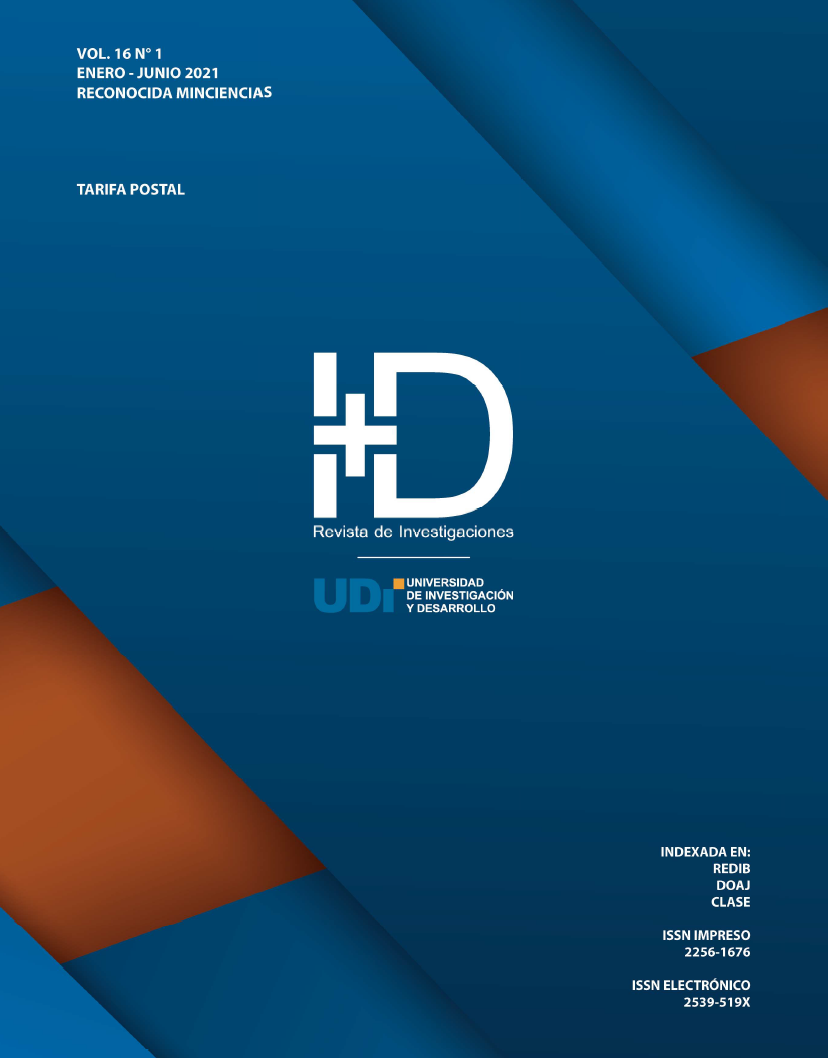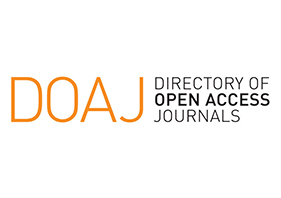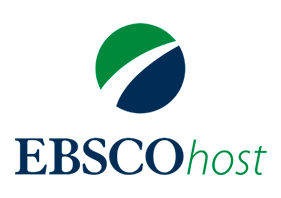The Investor: a stock market gamified experience
DOI:
https://doi.org/10.33304/revinv.v16n1-2021007Keywords:
Gamification, decision, money, stock marketAbstract
In Colombia, there is a lack of knowledge in financial education, which contrasts with a growing interest in learning about topics focused on finance. In academic terms, this reflects a gap between the existence of teaching tools at the middle and higher education levels and its real effectiveness for students. In order to help fill that gap, one proposal focuses on contributing to financial literacy at the university level. Thus, this article describes the design of a dynamic and friendly recreational exercise related to a simulation of investment in the stock market of a specific company. The purpose is to provide an introduction for students to the subject of capital markets and to generate organic interest in them. From this design, it is expected to test the game in a pilot group and validate its operation, thus providing gamification, solid foundations that give way to the progress of financial literacy in higher education.Downloads
References
Acosta-Medina, J. K., Torres-Barreto, M. L. y Alvarez-Melgarejo, M. (2020). Literature Mapping About Gamification in the Teaching and Learning Processes. Revista ESPACIOS, 41(11), 26. https://www.revistaespacios.com/a20v41n11/20411126.html
Acosta-Medina, J. K., Torres-Barreto, M. L., Alvarez-Melgarejo, M. y Paba-Medina, M. C. (2020). Gamificación en el ámbito educativo: Un análisis bibliométrico. I+D Revista de Investigaciones, 15(1), 30-39. https://doi.org/10.33304/revinv.v15n1-2020003
Castro, S., Rojas, A. y Mantilla, I. (2018). Índice de educación financiera colegios de Asobancaria. (Edición 1127). Semana económica Asobancaria, 1-9. https://www.asobancaria.com/wp-content/uploads/2018/03/1127C-05-03-2018.pdf
Contreras, R. S. y Eguia, J. L. (2016). Gamificación en aulas universitarias. Institut de la Comunicació, Universitat Autónoma de Barcelona.
Deterding, S., Khaled, R., Dixon, D. y Nacke, L. E. (2011). Gamification: Toward a Definition. Proceedings of the CHI 2011 Gamifi cation Workshop Proceedings, 7-12. ACM.
Domínguez, J. M. (2013). Educación financiera para jóvenes: Una visión introductoria. Serie documentos de trabajo http://www3.uah.es/iaes/publicaciones/DT_05_13.pdf
Feldkircher, M. (2014). The Determinants of Vulnerability to the Global Financial Crisis 2008 to 2009: Credit Growth and other Sources of Risk. Journal of International Money and Finance, 43, 19-49.
García, N., Grifoni, A., López, J. y Mejía, D. (2013). La educación financiera en América Latina y el Caribe. Situación actual y perspectivas (J. Cuebelo & M. Penfold, Eds.). Banco de Desarrollo de América Latina. Serie Políticas Públicas y Transformación Productiva N.o 12., 1-90. https://www.oecd.org/daf/fin/financial-education/oecd_caf_financial_education_latin_americaes.pdf
Hernández, T. (2015). La importancia de la educación financiera y su influencia en los futuros estudiantes de Administración y Dirección de Empresas. Anuario jurídico y económico escurialense, 48, 381-400.
Leichter, F. S. (2011). How Fidelity Uses Design Thinking to Perfect Its Website. Harvard Business Review. https://hbr.org/2011/05/how-fidelity-used-design-think
Lobo-Rueda, M. A., Paba-Medina, M. C. y Torres-Barreto, M. L. (2020). Análisis descriptivo de experiencias gamificadas para enseñanza y aprendizaje en educación superior en ingeniería. Revista ESPACIOS, 41(16), 21. https://www.revistaespacios.com/a20v41n16/20411621.html
Luis-Pascual, L. (2015). El juego auténtico y las claves de la gamificación del aprendizaje. Inclusao e aprendizagem: desafíos para a escola em Ibero-América. Sao Paulo, SP: Cultura Económica. https://doi.org/10.13140/RG.2.1.4084.3288
OECD. (2005). Improving Financial Literacy: Analysis of Issues and Policies. OECD Publishing. https://doi.org/10.1787/9789264012578-en
Peris, F. J. (2015). Gamificación. Education in the knowledge Society, 16(2), 13-15. https://doi.org/10.14201/eks20151621315
Plata-Gómez, K. R., & Caballero-Márquez, J. A. (2020). Influencia de los programas de educación financiera sobre el comportamiento de los jóvenes: una revisión de literatura. I+ D Revista De Investigaciones, 15(2), 18-27.
Polania, F., Suaza, C., Arevalo, N. y Gonzalez, D. (2016). La cultura financiera como nuevo motor para el desarrollo economico latinoamaericano. http://hdl.handle.net/10882/8951
Pontifícia Universidade Católica do Rio de Janeiro. (2016). Finanzas y Análisis de Inversiones. http://www.ind.puc-rio.br/es/pesquisa/financas-e-analise-de-investimentos/
Prieto, A., Díaz, D., Monserrat, J. y Reyes, E. (2014). Experiencias de aplicación de estrategias de gamificación a entornos de aprendizaje universitario. ReVisión. Revista de Investigación en Docencia Universitaria de la Informática, 7(2), 76-92.
Torres-Barreto, M. L. (2018). Herramienta didáctica motivacional basada en gamificación y apoyada en TIC para adquirir y aplicar competencias transversales en estudiantes de ingeniería: MOTIVATIC (N.o hal-02166319). https://hal.archives-ouvertes.fr/hal-02166319/
Villada, F., López-Lezama, M. J. y Muñoz-Galeano, N. (2017). El papel de la educación financiera en la formación de profesionales de la ingeniería. Formación Universitaria, 10(2), 13-22.
Zichermann, G. y Cunningham, C. (2011). Gamification by Design (1.a ed.). O’Reilly Media, Inc.












